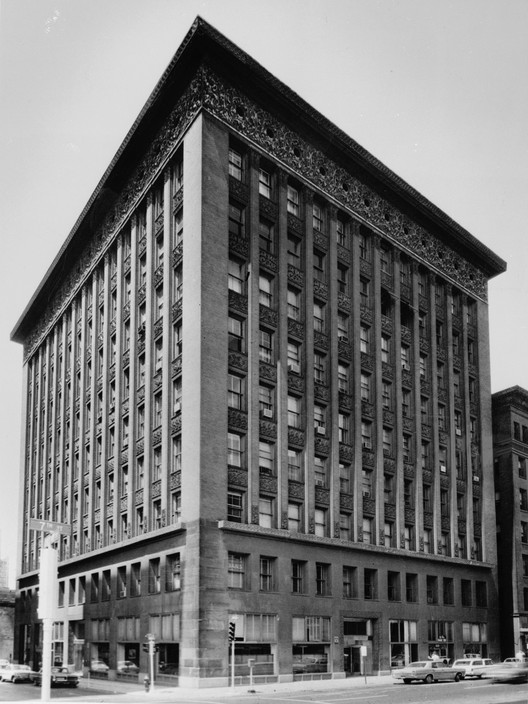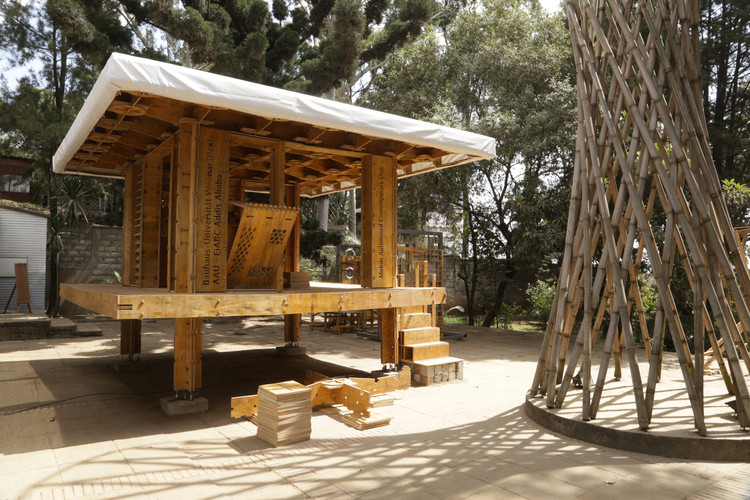
Restricted. Vast. Harsh. The image of a port calls to mind many words, but pedestrian-friendly and aesthetically-pleasing are rarely among them. With their precarious stacks of shipping containers and large pieces of machinery, ports are places that people tend to want to avoid. Yet for logistic and historical reasons, ports are often located near the heart of cities, taking away valuable urban space and desirable waterfront land from residents. This does not need to be the case.
A new report released by The Worldwide Network of Port Cities titled “Plan the City with the Port: Guide of Good Practices” offers strategies for cities to optimize the effectiveness of their harbors while reclaiming as much of the land as possible for the people. The guide uses case studies from urban designs in various stages of completeness to illustrate different techniques available to improve the environment of a port within its city. Although these approaches are designed with a specific program in mind, many architectural and urbanistic ideals can be derived from them to be used in variety of circumstances. Read on for our summary of the report’s recommendations.



















![Casa Vicens. Image © Michela Simoncini [Flickr CC] Gaudí’s Casa Vicens to Open as a Museum in 2016 - Image 1 of 4](https://images.adsttc.com/media/images/55e9/c1d8/e58e/cead/2800/01f4/thumb_jpg/6632773655_99bd0e9cf4_o.jpg?1441382819)
![Casa Vicens. Image © Ian Gampon [Flickr CC] Gaudí’s Casa Vicens to Open as a Museum in 2016 - Image 2 of 4](https://images.adsttc.com/media/images/55e9/f099/e58e/ced7/3100/0001/thumb_jpg/IA_6279915944_6071e0a48d_o.jpg?1441394833)
![Casa Vicens. Image © Ian Gampon [Flickr CC] Gaudí’s Casa Vicens to Open as a Museum in 2016 - Image 3 of 4](https://images.adsttc.com/media/images/55e9/f08d/e58e/ce8a/a400/0002/thumb_jpg/IA_6279395799_21d17c1ebb_o.jpg?1441394820)
![Casa Vicens. Image © Ian Gampon [Flickr CC] Gaudí’s Casa Vicens to Open as a Museum in 2016 - Image 4 of 4](https://images.adsttc.com/media/images/55e9/efe1/e58e/ce8a/a400/0001/thumb_jpg/IA_6279395405_3a66d08d6d_o.jpg?1441394648)



















